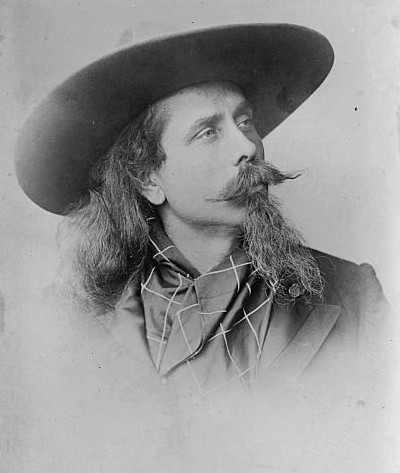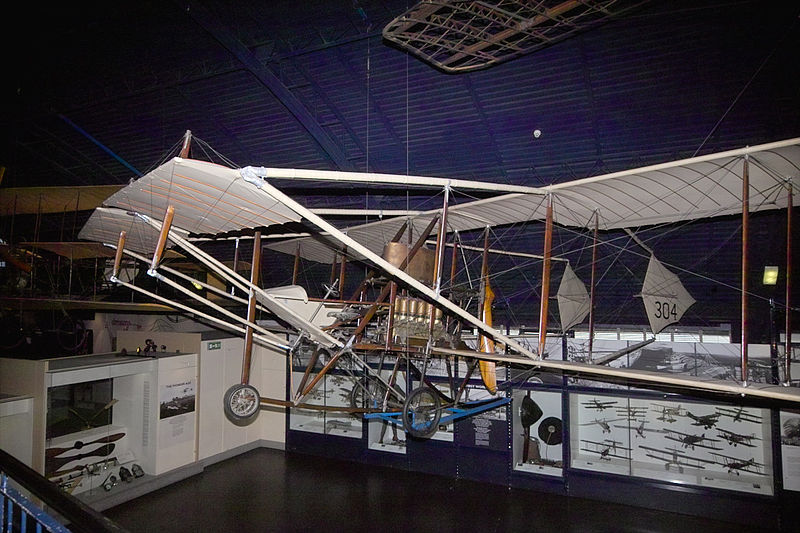Sometimes you have to do a little digging to discover the story behind an item in The Engineer. Having the benefit of hindsight, we can appreciate what an important event the world’s first passenger flight was: the birth of the whole commercial aviation industry. But to our predecessors in 1909, it only merited four paragraphs, and skipped the background of possibly one of the most eccentric individuals who has ever graced our pages.
The first passenger flights — two of them — took place at Aldershot in a large biplane designed and built by Samuel Franklin Cody, an American who’d been living in the UK since 1890. To call Cody an interesting chap would be an understatement. Aeronautics was his second profession: his first was Wild-West showman.

Growing up in Iowa at the end of the 19th century, Cody learned to ride, shoot, train horses, use a lasso and hunt buffalo, and spent some time prospecting for gold in Alaska. He then turned to showbusiness, changed his name (he was born Franklin Cowdery) and toured the US as ‘Captain Cody, King of the Cowboys’, performing feats of horsemanship and sharpshooting. He later took the show to Europe, and around this time became interested in kites, competing with his adopted son to build bigger and bigger versions.
This interest eventually turned to gliders and manned aeroplanes, and Cody managed to convince the War Office (for whom he’d worked designing Britain’s first powered airship, the poetically-named Nulli Secondus) to fund development of an aircraft, the Cody British Army Aeroplane No.1. This became the first heavier-than-air machine to fly in Britain, reaching 1,390ft. The plane was damaged on landing, and with typical foresight, the War Office decided there was no future in aeroplanes and cancelled Cody’s contract, without even leaving Cody any funds to repair the flyer.
As you might expect from an ex-gold prospector and Wild West stalwart, Cody wasn’t to be disuaded and repaired the plane at his own expense. On 14 August 1909 he made two sets of flights carrying passengers, the first a Colonel JE Capper, who’d worked with Cody on the airship project, and the second Cody’s wife Elizabeth. The Engineer notes that the plane weighed almost a ton, was powered by an 80hp engine, and was prone to overheating; Cody made a few adjustment to the design over the course of the day, shifting the radiator to the back to counterbalance the weight of the passenger. The following month, Cody made the world’s then longest flight, lasting an hour and three minutes.

Cody continued in the record-breaking vein, building the world’s largest aeroplane, the Flying Cathedral, which finished fourth in a round-Britain air race in 1911. The end of his story is sad but probably inevitable: in 1913 he built a floatplane, and was flying it in the company of a footballer called WHB Evans when it broke up in mid-air. Both Cody and Evans were killed. Over 100,000 people turned out for Cody’s funeral.




Swiss geoengineering start-up targets methane removal
No mention whatsoever about the effect of increased methane levels/iron chloride in the ocean on the pH and chemical properties of the ocean - are we...